
More Helpful Content
Once your goods are traveling off the racks and there is enough stock to precisely fulfill every order, being a business owner has never been more pleasurable. But what occurs if your SKUs begin to gather dust? Stagnant, surplus inventory can generate major problems, ranging from rising storage costs to reduced profit margins. Nonetheless, there is a realistic approach to avoiding the pitfalls of unsold inventory while keeping your income flowing which is aging inventory.

In this article, we are going to discuss the average age of inventory topic to see what role it takes part in the inventory management of businesses.
Aging inventory is a common statistic among product-based companies since it provides outstanding insight into your inventory and enables you to make inventory adjustments as necessary. Continue reading to understand more about the significance of estimating aging inventory and how this process may benefit your entire organization.
👉 Read More: What is Lot-for-lot? Example and Formula
👉 Read More: What Is Least Unit Cost And Example?
👉 Read More: Average Age Of Inventory: A Depth Overview And Calculation
The average age of inventory is a metric that measures the average time it takes to sell a certain product. Although it is a simple computation, it is used to assess managerial efficiency as well as a company’s vulnerability to market risk. The measurement’s applicability to complicated levels of analysis and its easy computation makes it preferable to even more sophisticated accounting techniques of analysis.
Calculating average inventory age is an important aspect of inventory management since it allows you to identify inventory bottlenecks and/or lost earnings. You will have to determine your average inventory cost, cost of goods sold (COGS), and inventory turnover ratio to calculate the inventory age for your own product listings (ITR).
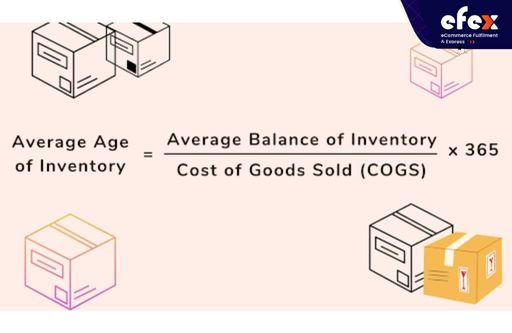
There is also another formula to calculate the average age of inventory, which is:
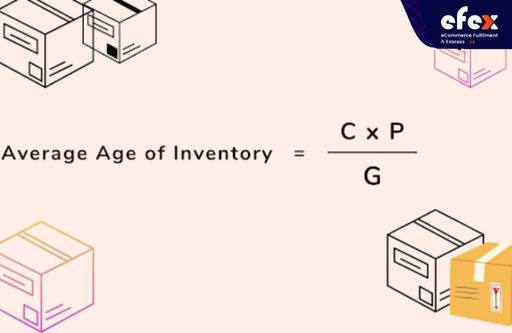
Suppose there are two food retail firms and you are an investor weighing which food retail firms should invest in. The first company has an average inventory of $500,000 and a cost of goods sold of $1,300,000. While the second company has a $250,000 average inventory and a $1,800,000 cost of goods sold. Supposing all other factors are constant, therefore, which company would be better for investing in? Based on the above-given formula, we will have the average age of inventory of the two companies which are as follows: The first company:
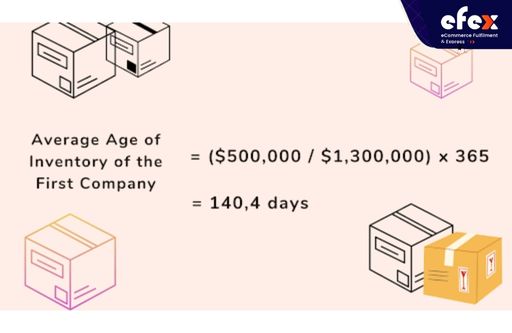
The second company:
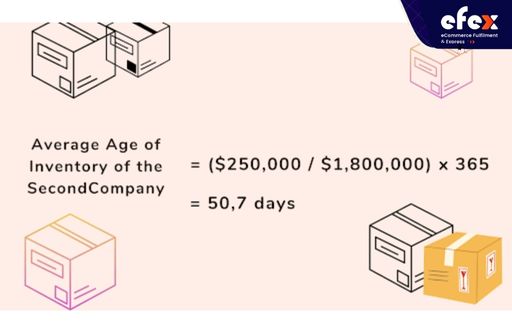
The results show that the second company looks to have a substantially lower average age of inventory. Given the possibility of product deterioration in the food retail business, it is preferable to strive for a lower average age of inventory, and since food goods are less likely to perish. As a result, the second company looks to be a more appealing investment. On the other hand, to sell their goods more quickly, the management of the first company may wish to explore lowering product pricing or introducing discounts and promotions.
The importance of the average age of inventory is divided into two perspectives, the first one is evaluated from the investor’s perspective while the other one is evaluated from the management’s perspective.
The average age of inventory can be used by investors to measure a company’s performance. The average age of inventory indicates how quickly a corporation turns over its stock. In general, a speedier inventory turnover which is known as the low average age of inventory indicates that a corporation is selling inventory effectively. However, excessive inventory turnover might indicate that the firm is selling products too rapidly and may encounter inventory shortages. Inventory shortages result in missed sales, which are tremendously damaging to a company’s profitability.

Low inventory turnover might suggest that a firm is not managing its inventory properly or that its inventory is difficult to turn over. Inventory efficiency is a crucial indicator for investors to consider when evaluating firms, especially when they operate in areas with high inventory turnover. The food sector is an example of this.
Managers should also consider the average age of their inventory. Managers can acquire insight into their pricing strategy by tracking the average age of inventory. When their average inventory age is lower than that of comparable firms, the corporation may be selling things too low. However, if the average age of other firms, the company is greater than that of other firms, the firm may be selling its items too expensive and, as a result, not selling products quickly enough.
Furthermore, the average age of inventory can affect marketing strategy decisions like giving discounts and promotions, selling aged inventory, and boosting working capital. If the average age of inventory becomes large, the inventory is in danger of obsolescence.

Obsolescence risk is the danger that a product or service will become outdated and will be unable to be sold for its estimated market value. The product may need to be offered at a severe discount, maybe even at a loss.
For instance, in the food sector, the age of inventory is critical, particularly for perishable food products that might expire, like fresh vegetables, meat, and dairy. Companies that offer these items must pay special attention to their average age of inventory because spoilage is a total write-off and can result in significant losses.
Here are some advantages that the average age of inventory analysis can help the companies owners:
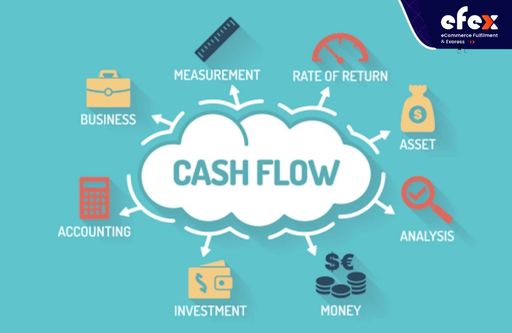
The ability to make business decisions centered on enhancing cash flows is a key benefit of average age analysis. Inventory is one of the most significant investments made by a small business owner. When it remains on warehouse racks for too long, it merely serves to lock up the working capital that the company needs to support everyday operations. Information regarding which things are moving and which things are moving and which are not moving may then be utilized to make purchase and price decisions that focus on meeting the business’s daily cash flow needs.
Nobody wants to be trapped in a situation where stock levels are inadequate to satisfy a rise in client demand. This might result in both client discontent and lost sales. It is also critical to prevent over-ordering, which causes things to linger on warehouse racks, potentially becoming outmoded or, in the situation of perishables, unsellable. Analyzing average age can be useful in assisting a small business in improving the ordering process and, as a result, enhancing client happiness.
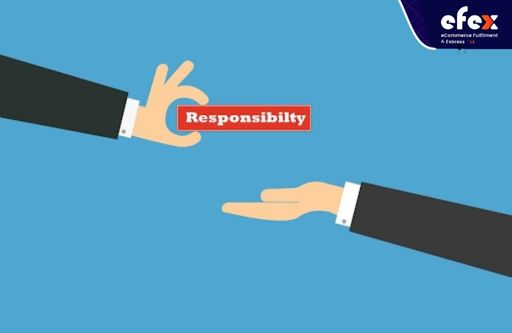
When looking outside capital, a small firm might benefit from an average age analysis. The lenders and private investors will seek proof that the company is financially solid, can plan properly, and converts inventory into cash effectively. This evidence, in essence, contains an average age analysis. Calculating, monitoring, and reporting on results frequently helps to keep the average from turning into a red flag to both lenders and private investors. A high average, for instance, might indicate that the company is either doing a bad job of predicting or that weak sales are the cause of inventory piling up.
Knowing how long it takes on average to sell an inventory product is an important factor of an inventory management strategy. The average age influences buying decisions, product prices, and company profitability projections. For these reasons, estimating and assessing the average age of inventory after each inventory valuation provides a small-business owner with benefits that reach well beyond inventory storage.


